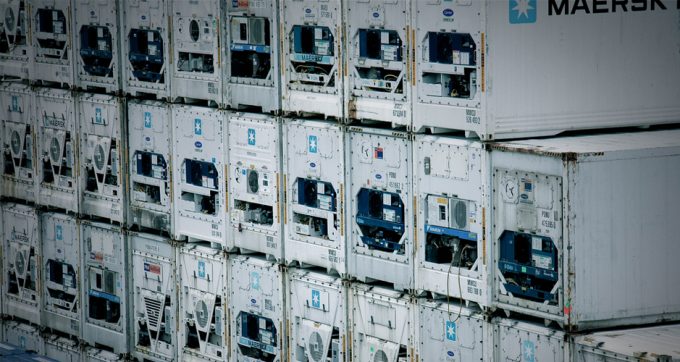'Tariff madness' will prompt renegotiation of ocean shipping contracts
Today’s “absolutely nuts” container shipping market will spur contract renegotiations, as rates and minimum quantity ...

Shipping lines are embarking on a reefer box buying spree to keep up with rising demand for refrigerated transport.
Maersk Line, Hamburg Süd and Hapag-Lloyd, among others, are investing heavily in new reefers with cutting-edge atmosphere control and monitoring systems.
This is allowing new cargo categories to ...
Keep our news independent, by supporting The Loadstar
Red Sea crisis has driven most new capacity into extended Asia-Europe trades
Carrier price hikes hold, driving spot rates higher as space gets scarcer
Crew forced to abandon ship in latest fire on vessel carrying EVs
The Loadstar Podcast | Transport Logistic and Air Cargo Europe 2025
Carriers on the hunt for open tonnage again as transpacific rates soar
'Now or never' for Kuehne and DHL GF to hit back at DSV
Asia-West Africa ULCV deployment opens new markets for carriers

Comment on this article
Reefer Refrigeration
September 20, 2017 at 4:03 pmGreat article.
We live in a global market where the transportation of perishable goods is crucial. It’s good to know that the refrigerated transport is constantly evolving and that the Reefer Containers are up to the task.